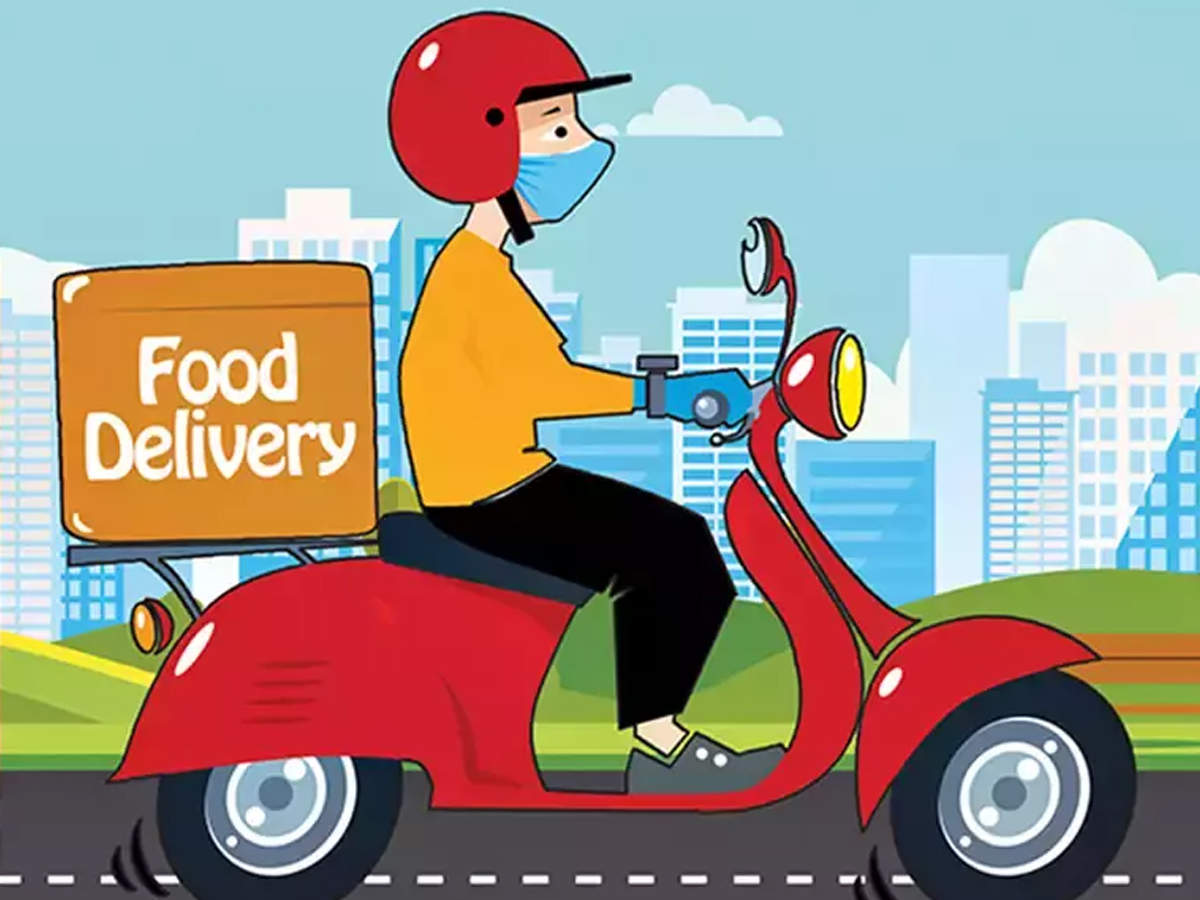These startups have not only changed the way we experience dining but have also redefined convenience and culinary exploration. In this blog, we’ll explore the dynamics of the food delivery startup ecosystem, the challenges they face, and the reasons behind their soaring popularity.
The Birth of Food Delivery Startups: A New Era of Convenience
In a fast-paced world where time is a precious commodity, food delivery startups have stepped in to cater to the demands of modern lifestyles. These startups bridge the gap between consumers’ craving for restaurant-quality meals and the convenience of enjoying them at home. From gourmet dishes to street food delights, food delivery startups offer a diverse range of options, catering to a wide spectrum of tastes.
The Working Mechanism: From Order to Delivery
ALSO READ :> 4 Mood-Boosting Essential Oils to Support Everyday Life Challenges
The working mechanism of a food delivery startup is a well-orchestrated dance of technology and logistics. Customers access the startup’s app or website, peruse menus, place orders, and make payments seamlessly. Behind the scenes, sophisticated algorithms optimize routes and manage delivery personnel to ensure that piping hot meals reach doorsteps in the shortest time possible.
Key Factors Behind Their Popularity
- Convenience: The primary driving force behind the popularity of food delivery startups is the unparalleled convenience they offer. Customers can enjoy restaurant-quality meals without leaving the comfort of their homes or offices.
- Variety: Food delivery platforms bring an array of culinary experiences to customers, allowing them to explore different cuisines and flavors from around the world.
- Personalization: These startups use data analytics to provide personalized recommendations based on customers’ past orders and preferences, enhancing the overall dining experience.
- Time-Saving: With the elimination of commute and waiting times, food delivery startups save customers valuable time that can be better spent on other activities.
- On-Demand Economy: Food delivery startups are part of the larger on-demand economy, aligning with the shift towards instant gratification and personalized services.
Challenges Faced by Food Delivery Startups
While food delivery startups have disrupted the dining landscape, they are not immune to challenges:
- Competition: The market is saturated with players vying for customers’ attention. Startups need a unique value proposition to stand out.
- Logistics and Quality Control: Maintaining the quality of food during delivery and managing the logistics of a large number of orders can be a logistical challenge.
- Customer Retention: Gaining customer loyalty in an industry where customers often switch between platforms for the best deals is a challenge that startups need to address.
- Sustainability: Ensuring sustainable practices, from packaging to delivery, is crucial in an era where environmental concerns are paramount.

Innovation and Future Prospects
To tackle these challenges, food delivery startups are constantly innovating:
- Technological Advancements: Investments in AI, machine learning, and data analytics help enhance customer experiences, streamline operations, and predict demand patterns.
- Ghost Kitchens: Some startups are exploring the concept of ghost kitchens, which focus solely on preparing food for delivery, reducing overhead costs.
- Sustainability Initiatives: Startups are adopting eco-friendly packaging options and exploring delivery methods that minimize carbon footprints.
Conclusion
The rise of food delivery startups has transformed the way we think about dining. Their innovative approaches to convenience, variety, and personalization have reshaped the food industry and are likely to continue shaping the way we enjoy our meals. As technology evolves and sustainability becomes an even greater concern, the future of food delivery startups promises to be exciting, challenging, and full of delicious possibilities.







